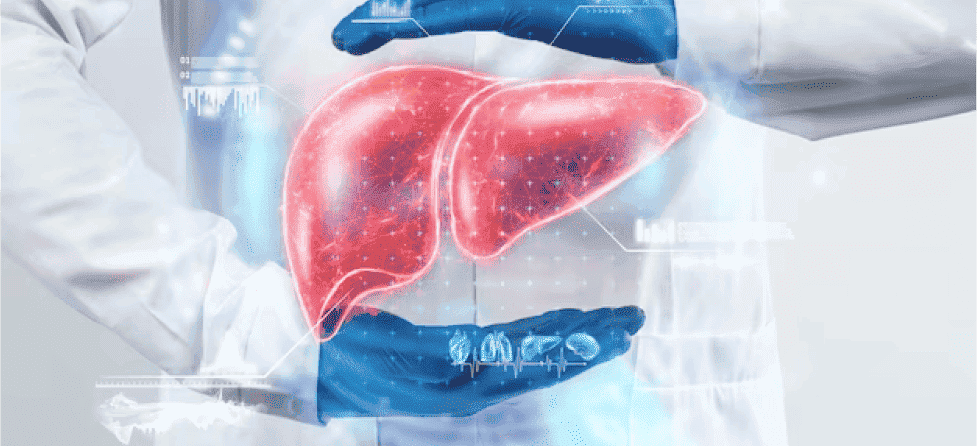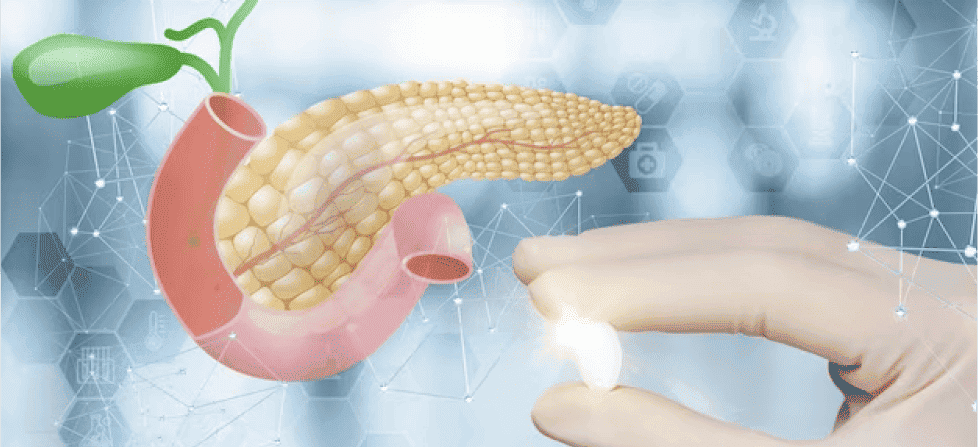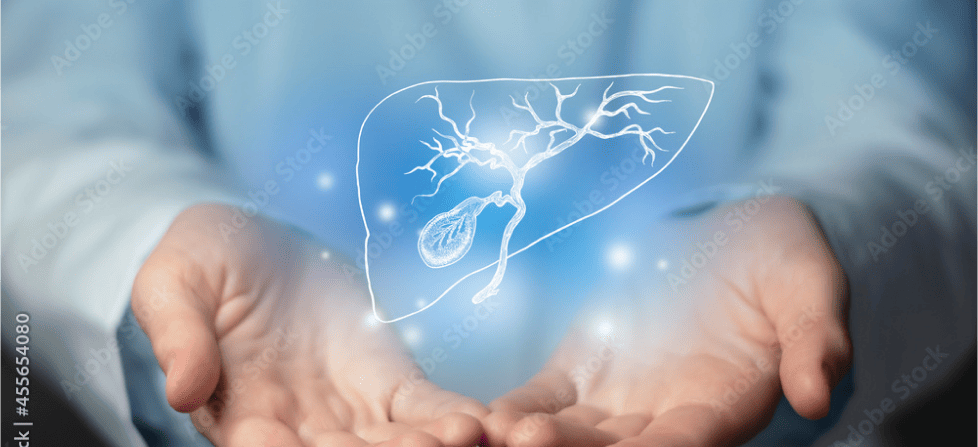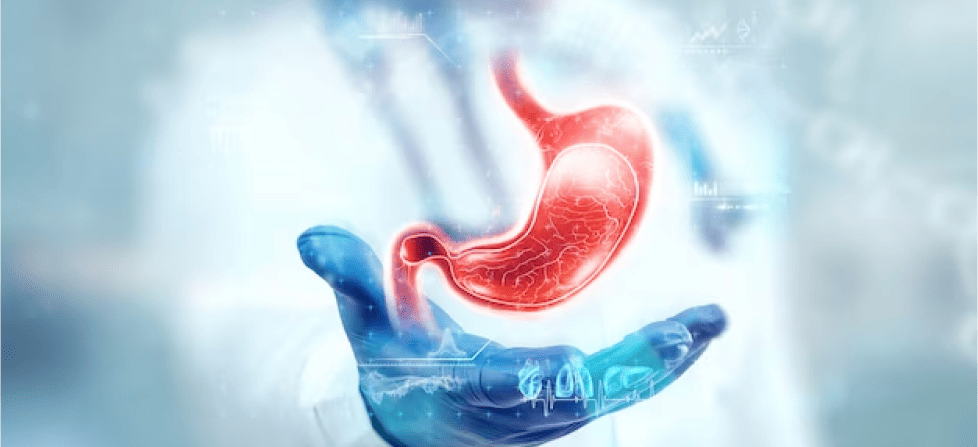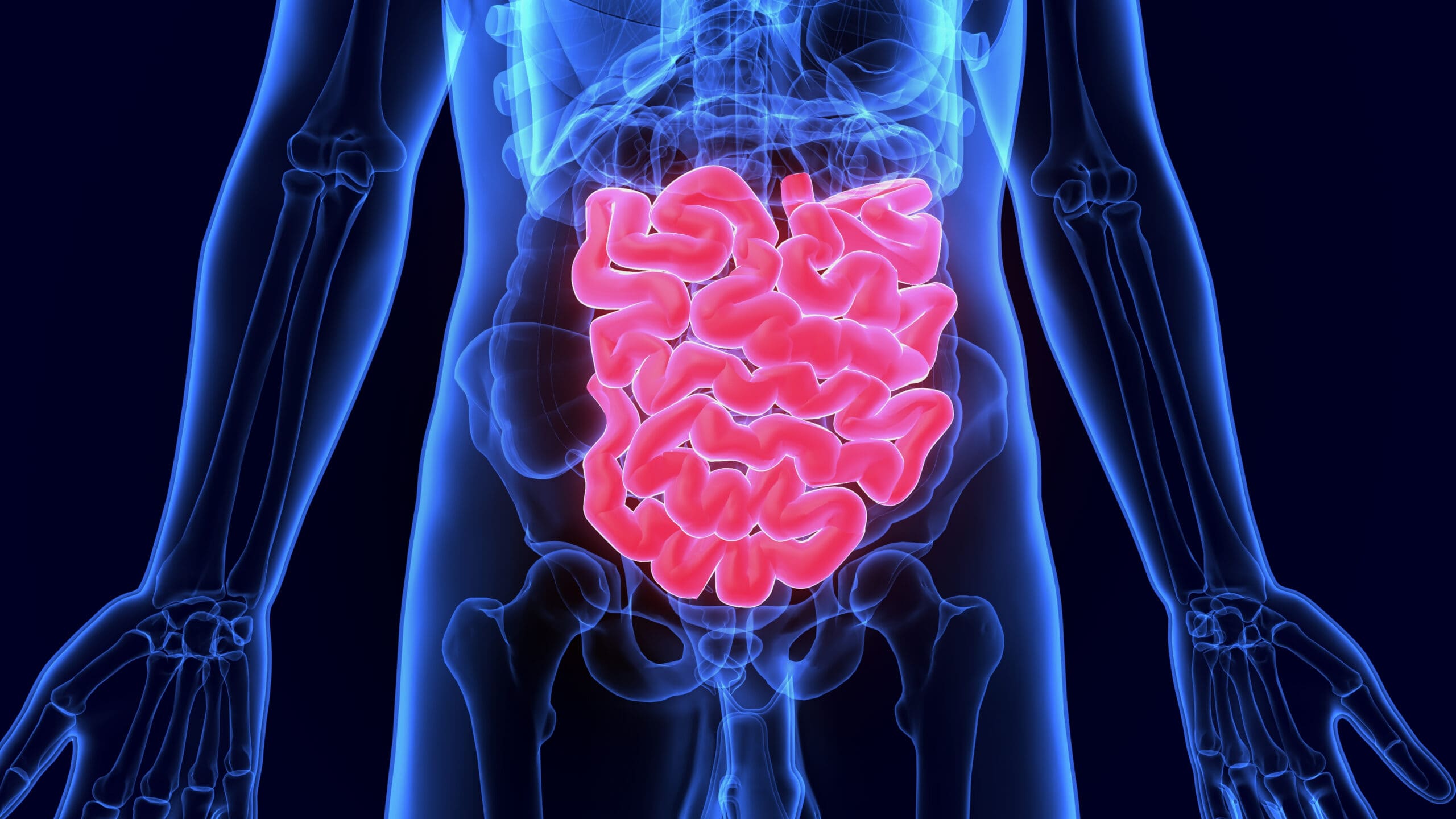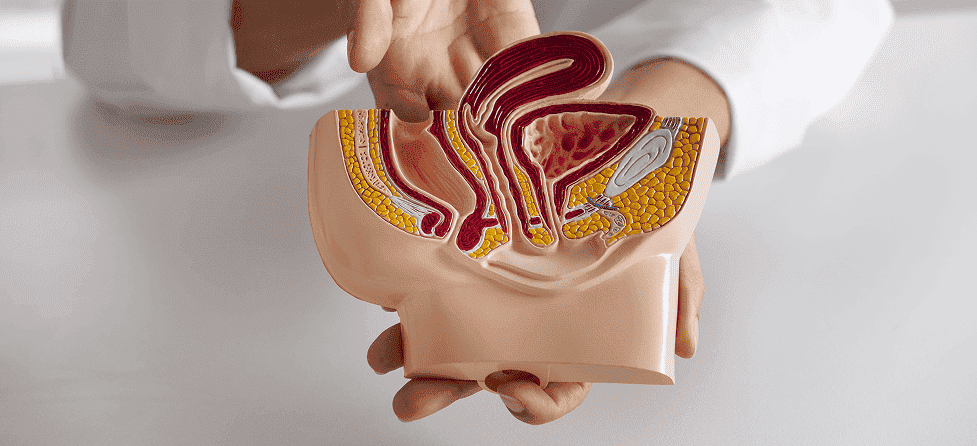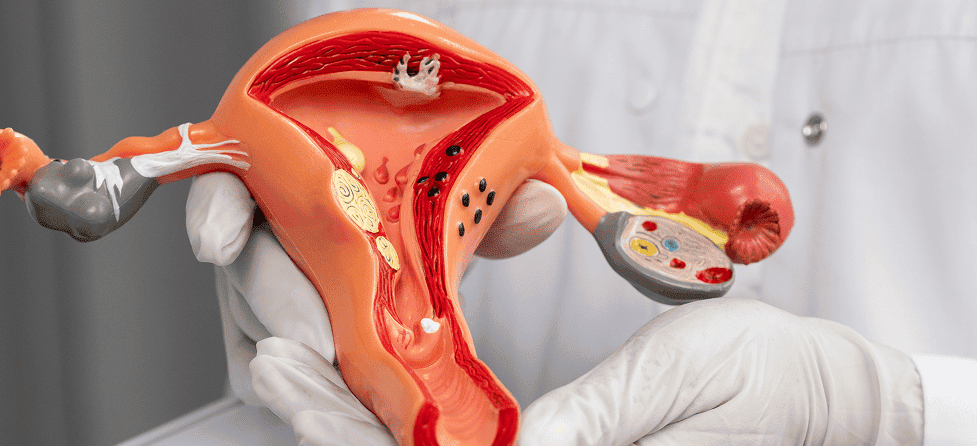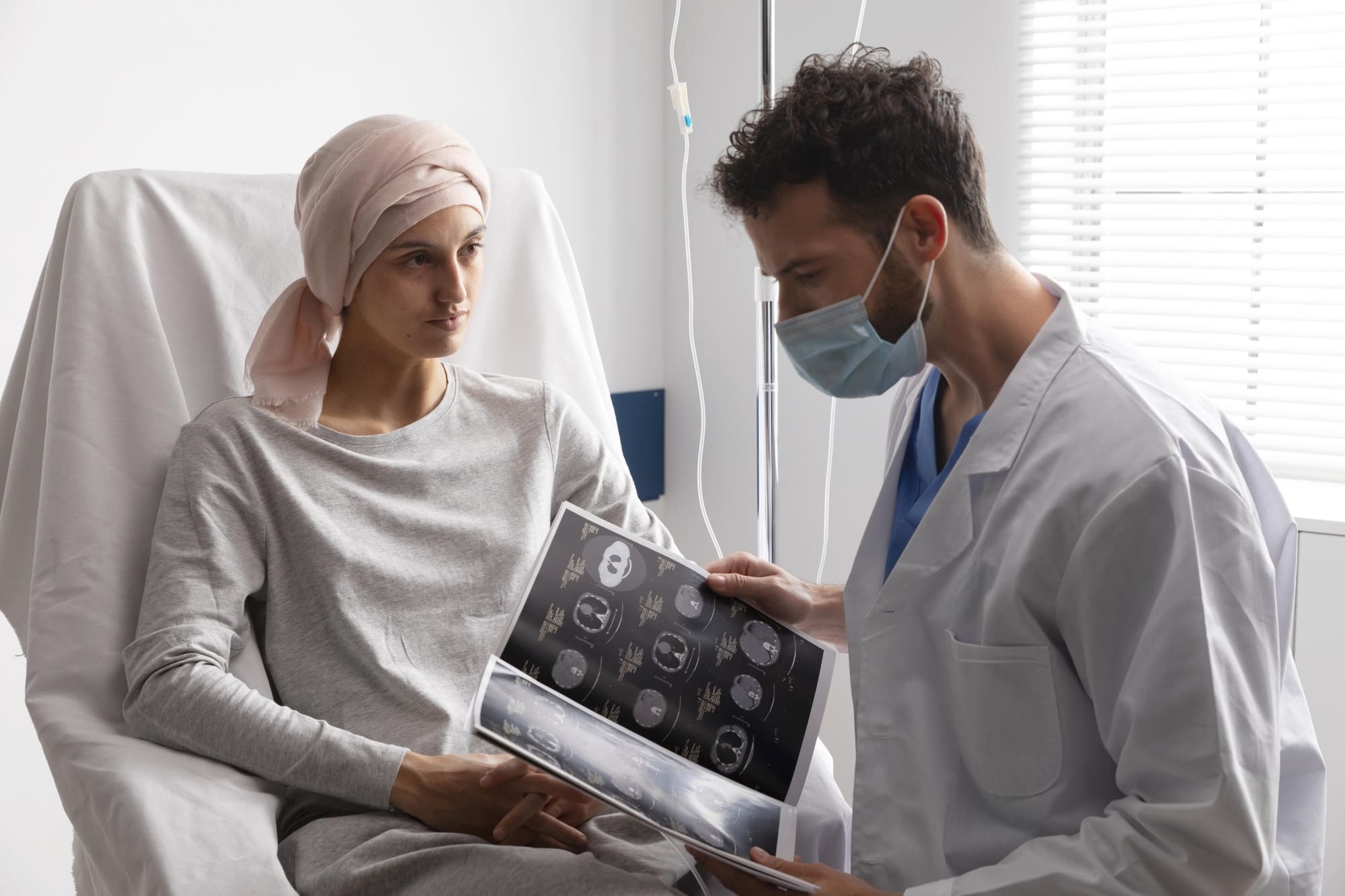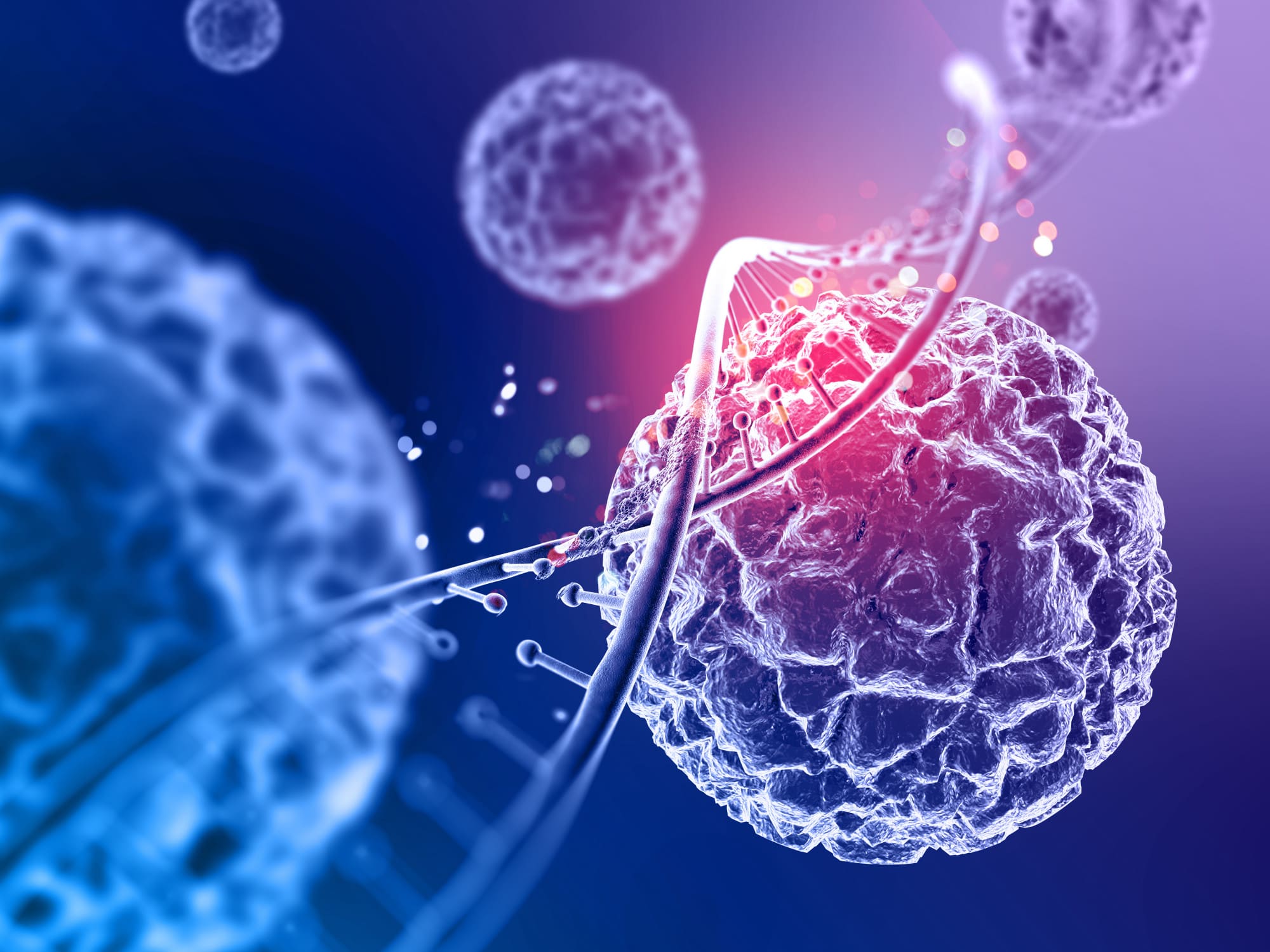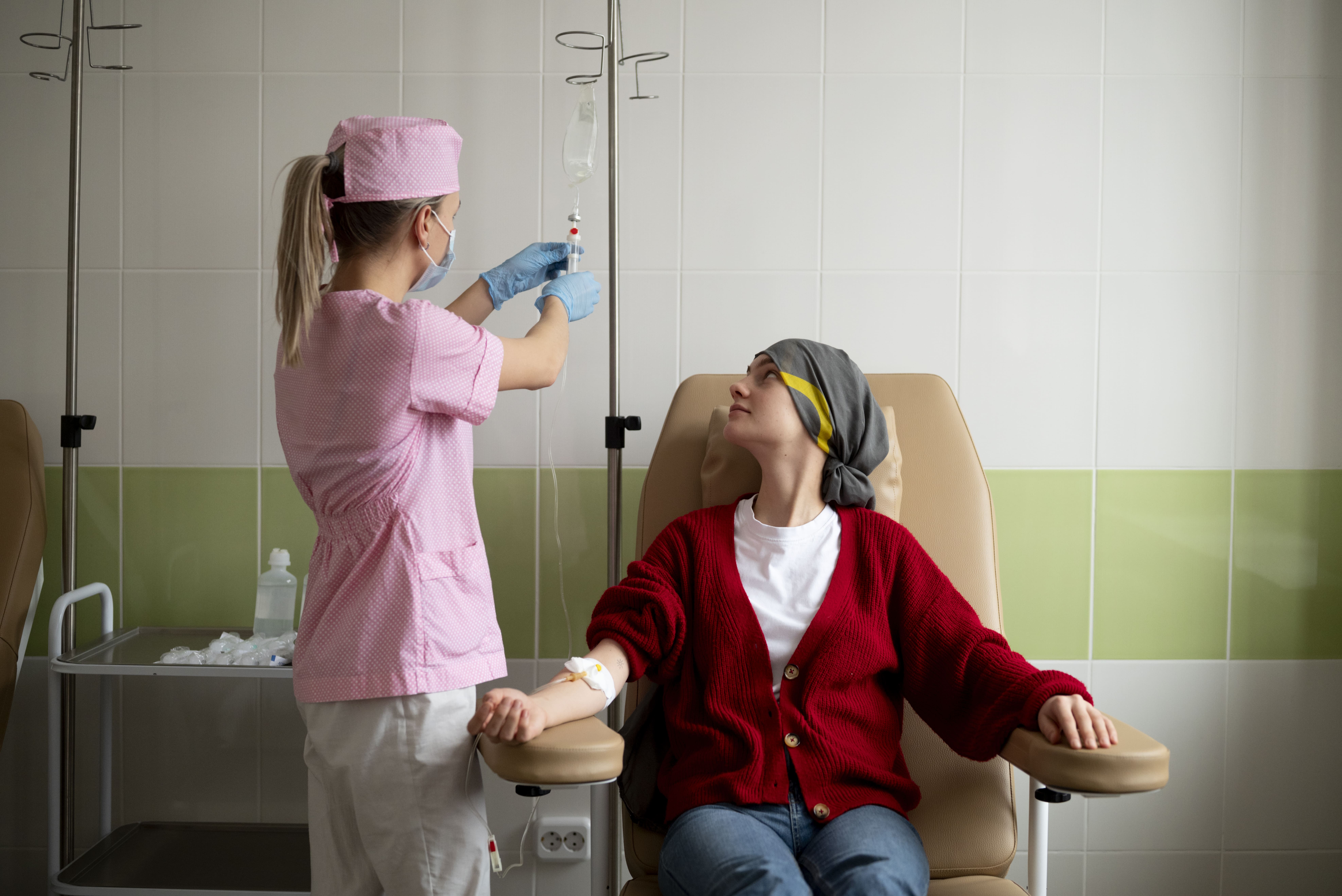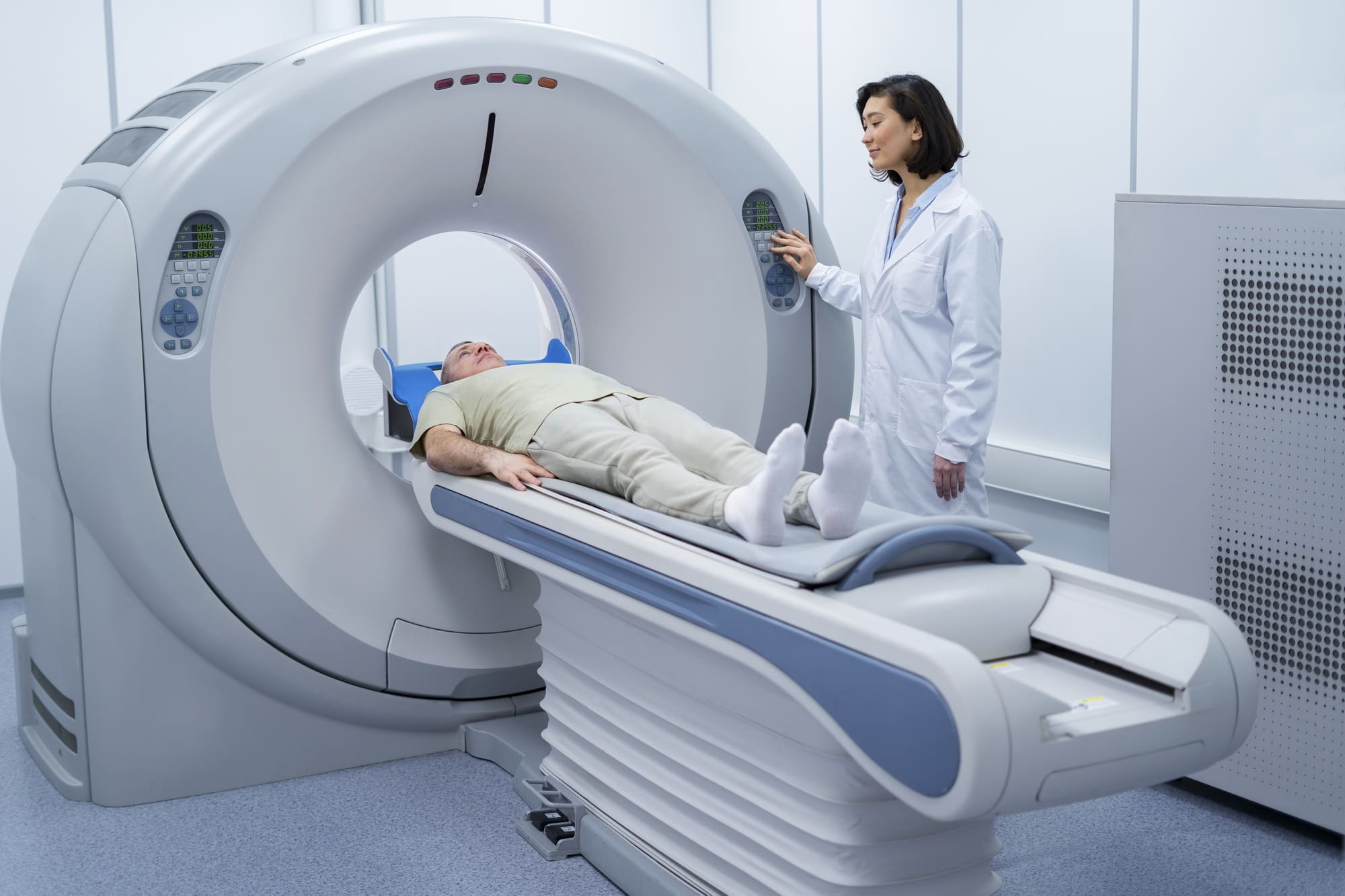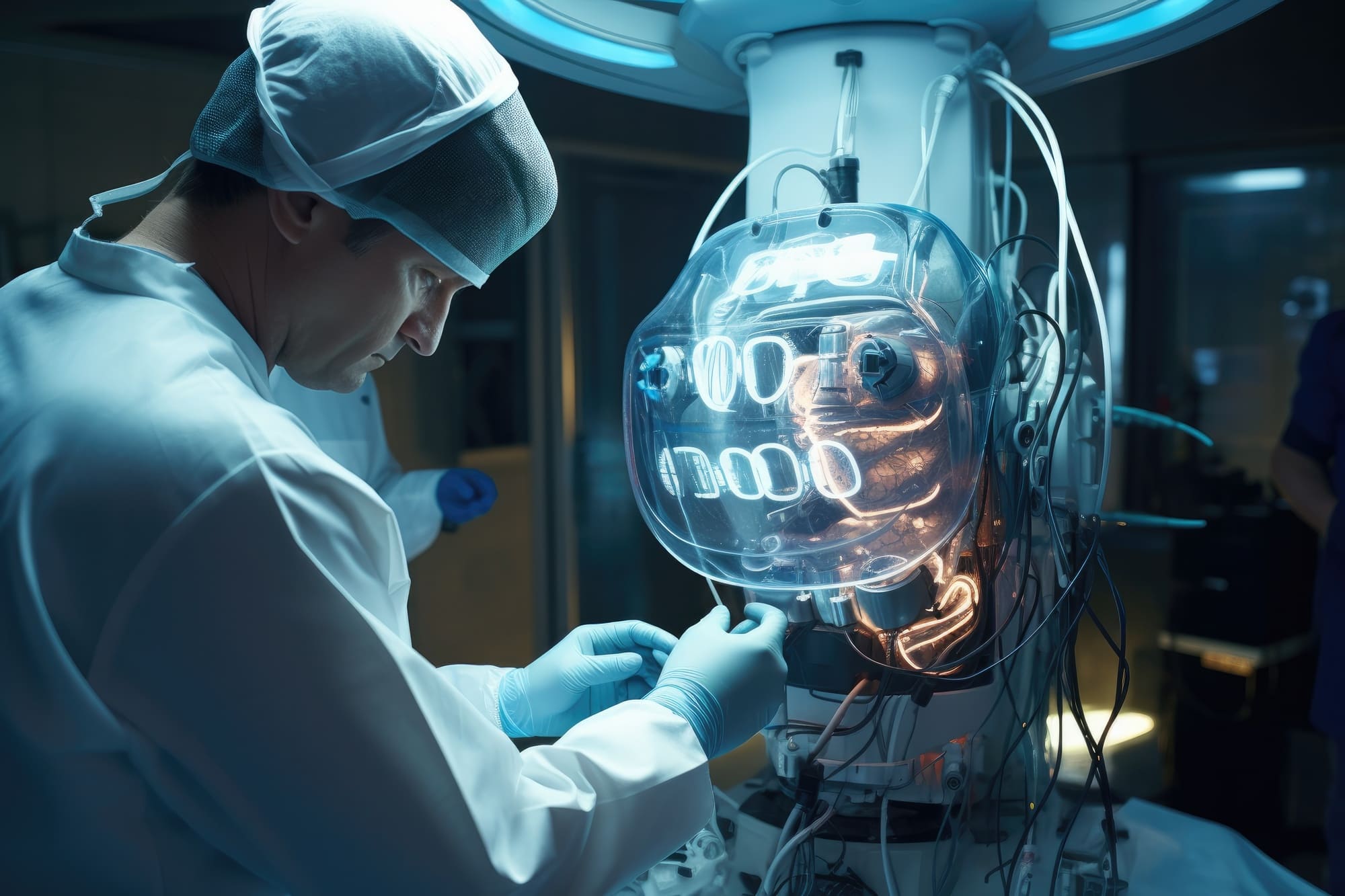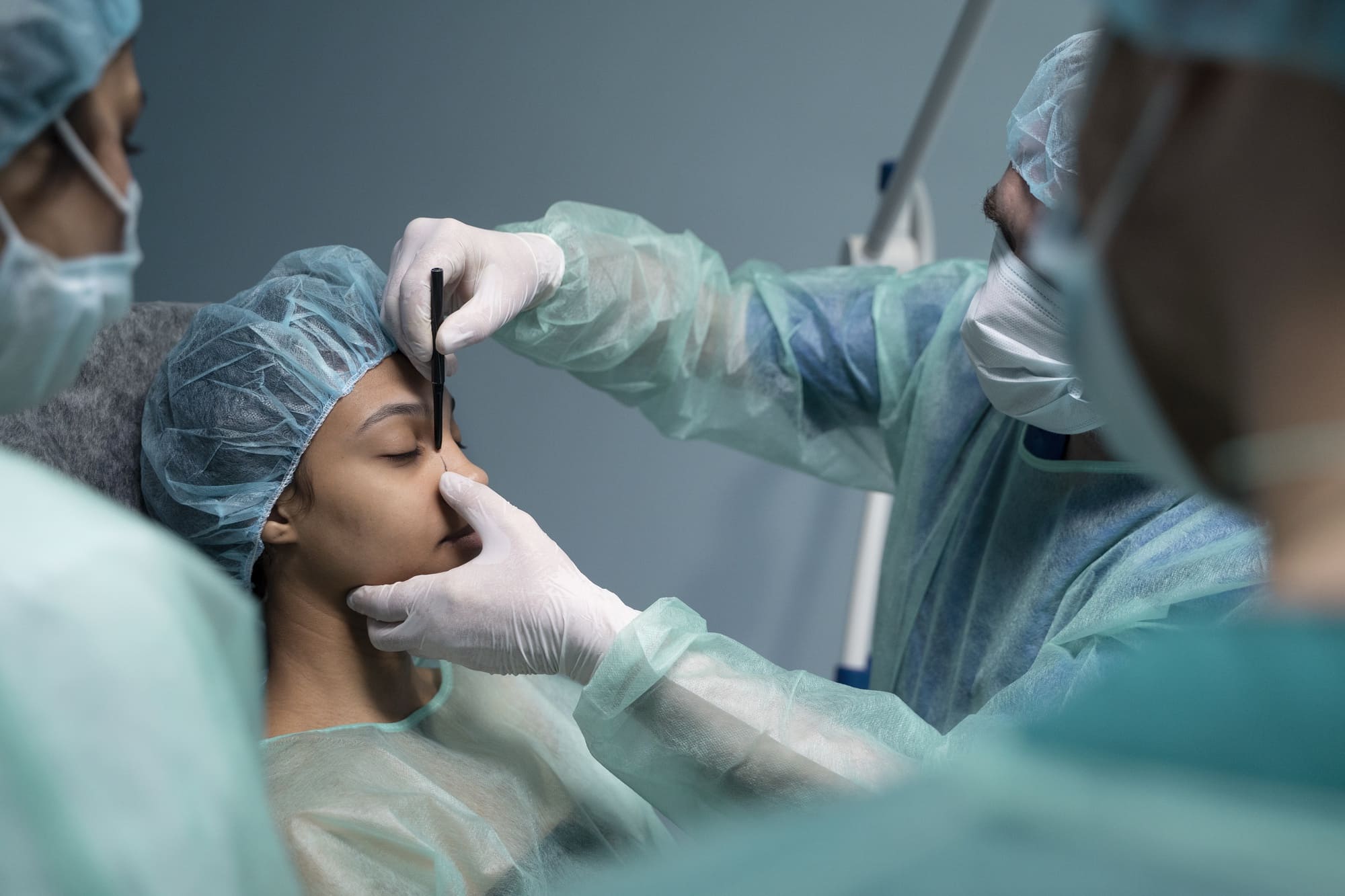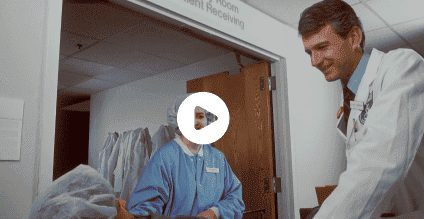Cancer Surgeries
Treatments
Symptoms of Cancer Surgeries
- Unexplained weight loss
- Fatigue
- Persistent pain
- Lumps or swelling
- Changes in the skin (moles, discoloration)
- Unusual bleeding or discharge
- Chronic cough or difficulty swallowing
Department Of Cancer Surgeries
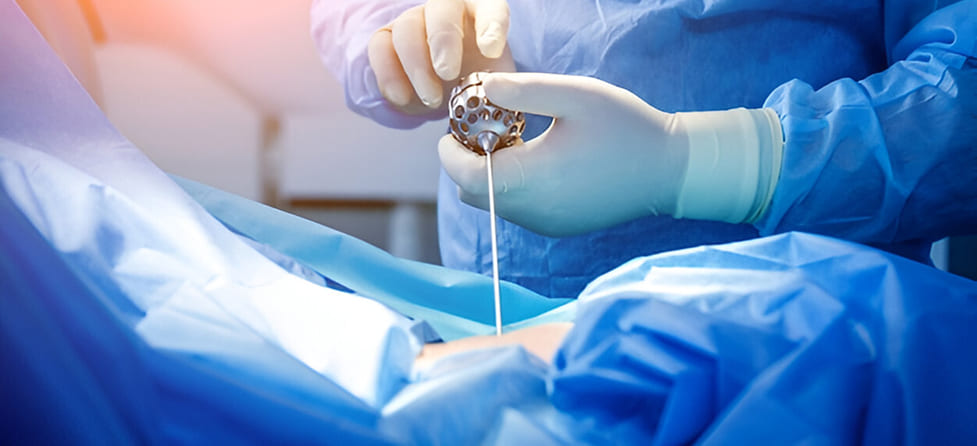
What is Cancer Surgeries ?
Cancer surgeries are medical procedures performed to remove cancerous tumors or tissues from the body. They are one of the primary treatment options for cancer, often used alone or in combination with other treatments like chemotherapy, radiation therapy, or immunotherapy.
Cancer is a disease in which abnormal cells grow uncontrollably and invade surrounding tissues. These abnormal cells can form tumors (masses of tissue) or spread to other parts of the body through the blood and lymphatic systems, a process called metastasis.
Common Diseases of Cancer Surgeries Treatment:
- Curative Surgery (Tumor Removal)
- Debulking Surgery
- Palliative Surgery
- Reconstructive Surgery
- Minimally Invasive Surgeries
Cirrhosis of Cancer Surgeries
Cirrhosis is a late-stage liver disease characterized by severe scarring of the liver, which can increase the risk of liver cancer (hepatocellular carcinoma, HCC). When liver cancer develops in a cirrhotic liver, surgery might be considered as a treatment option, but it comes with risks.
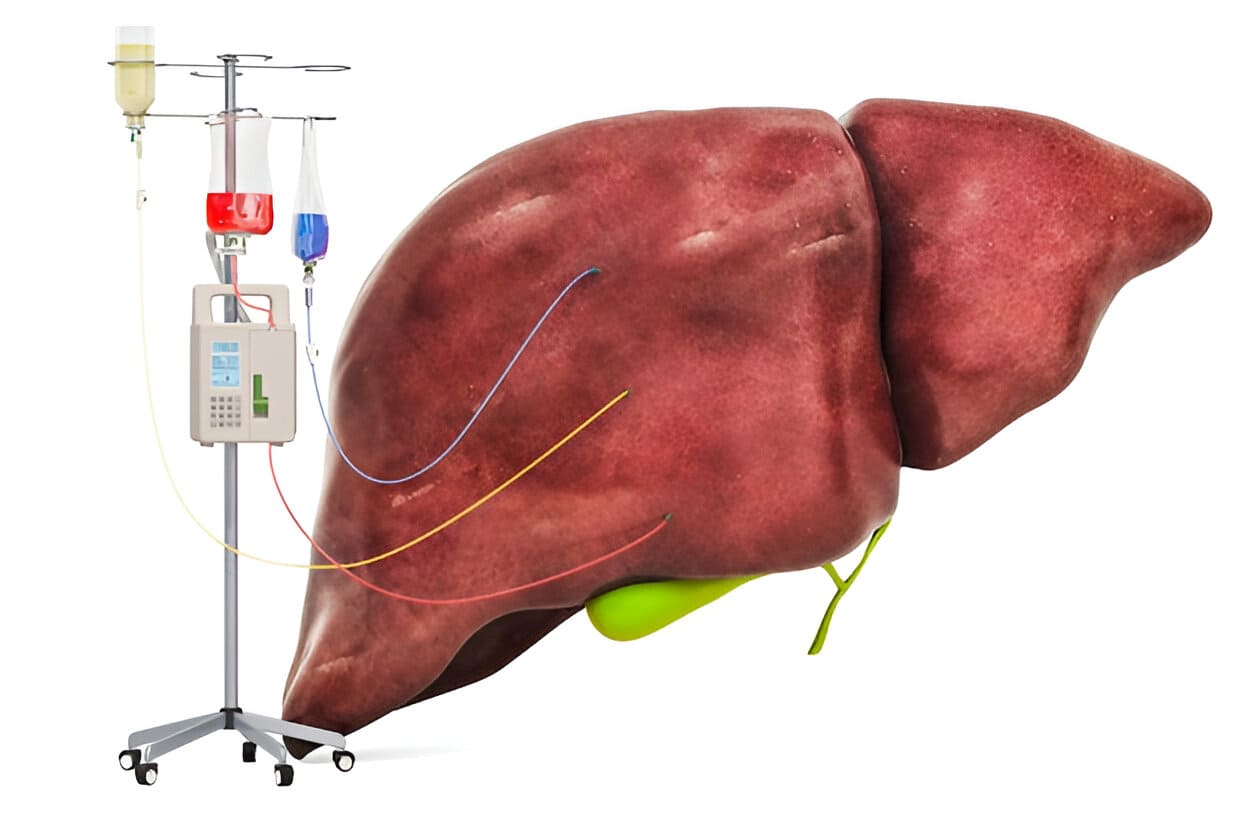
An magnis nulla dolor sapien augue erat iaculis purus tempor magna ipsum and vitae a purus primis ipsum magna ipsum
An magnis nulla dolor sapien augue erat iaculis purus tempor magna ipsum and vitae a purus primis ipsum magna ipsum
Treatment & Procedures
Explore our Centers of Clinical Excellence

Obesity

Emergency & Trauma

Cancer Surgery

Liver & Pancreas

Chronic Calcific Pancreatic

Testimonials
What Our Patients Say
Latest News
Our Stories, Tips & Latest News

Accredited surgical facility
We developed the ShareCart platform by using AngularJS with Bootstrap. It is an eCommerce-type project.
May 03, 2019 by Dr.Jeremy Smith

Accredited surgical facility
We developed the ShareCart platform by using AngularJS with Bootstrap. It is an eCommerce-type project.
May 03, 2019 by Dr.Jeremy Smith
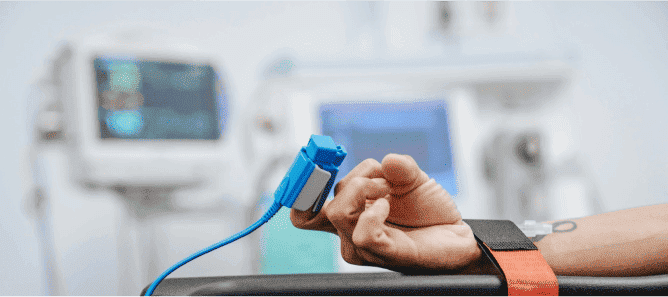
Accredited surgical facility
We developed the ShareCart platform by using AngularJS with Bootstrap. It is an eCommerce-type project.
May 03, 2019 by Dr.Jeremy Smith
Have some Questions?
Cum sociis natoque penatibus et magnis dis parturient ntesmus. Proin vel nibh et elit mollis commodo et nec augue tristique sed Quisque velit nisi, pretium ut lacinia lementum id enim. Nulla quis lorem ut libero malesuada feugiat.
Cum sociis natoque penatibus et magnis dis parturient ntesmus. Proin vel nibh et elit mollis commodo et nec augue tristique sed Quisque velit nisi, pretium ut lacinia lementum id enim. Nulla quis lorem ut libero malesuada feugiat.
Cum sociis natoque penatibus et magnis dis parturient ntesmus. Proin vel nibh et elit mollis commodo et nec augue tristique sed Quisque velit nisi, pretium ut lacinia lementum id enim. Nulla quis lorem ut libero malesuada feugiat.
Cum sociis natoque penatibus et magnis dis parturient ntesmus. Proin vel nibh et elit mollis commodo et nec augue tristique sed Quisque velit nisi, pretium ut lacinia lementum id enim. Nulla quis lorem ut libero malesuada feugiat.
Our Partners
Insurance Partner


















































Our Network
Our Website Network




